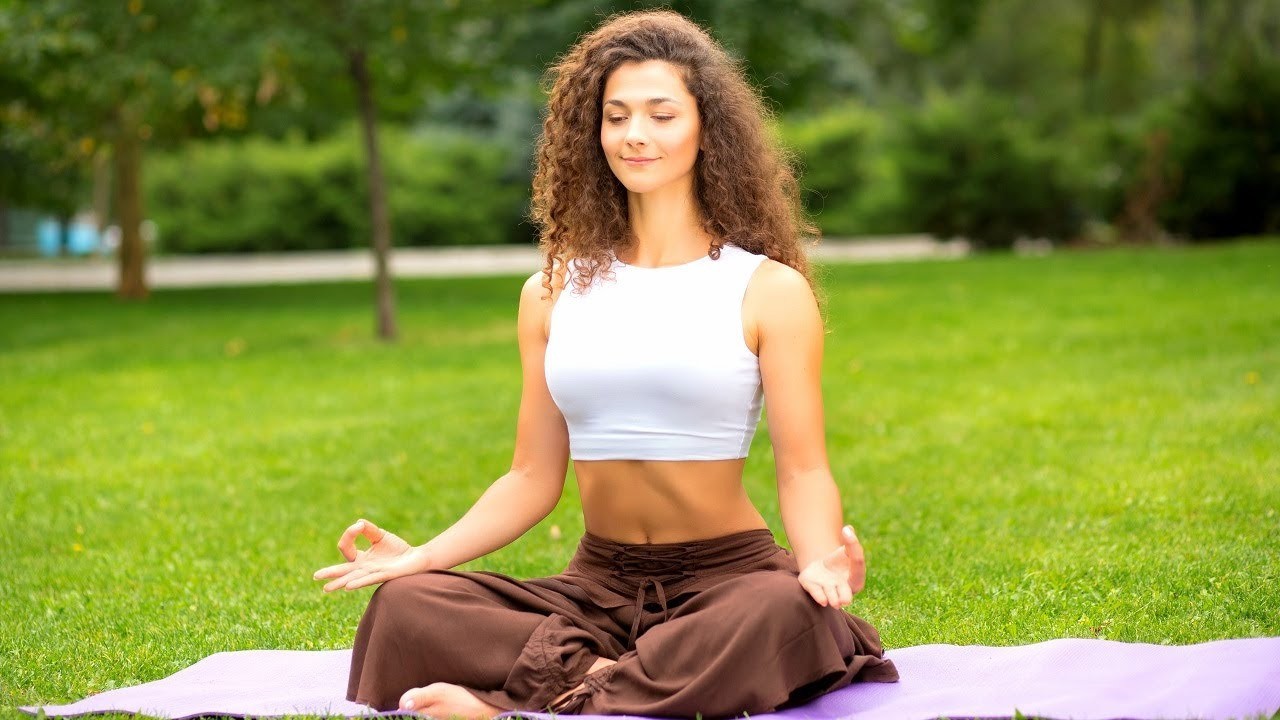
In the pursuit of holistic well-being, integrating mindfulness practices into daily routines has become increasingly popular. Among the various modalities, meditation yoga and slow flow yoga stand out for their profound impact on mental clarity, physical health, and emotional balance. These practices, when combined, offer a comprehensive approach to wellness that nurtures the mind, body, and spirit. This article delves into the essence of meditation yoga and slow flow yoga, highlighting their benefits and how they complement each other to foster a harmonious lifestyle.
Understanding Meditation Yoga
Meditation yoga is a practice that intertwines traditional yoga postures with meditative techniques, aiming to cultivate a deep sense of inner peace and awareness. Unlike more physically intense forms of yoga, meditation yoga emphasizes stillness, breath control, and mindful movement. The primary goal is to quiet the mind, reduce stress, and enhance concentration.
One of the core components of meditation yoga is pranayama, or breath control. By focusing on the breath, practitioners can regulate the flow of prana (life energy) within the body, leading to improved mental clarity and emotional stability. Additionally, the meditative aspect encourages self-reflection and mindfulness, allowing individuals to connect with their inner selves and gain insight into their thoughts and behaviors.
Regular practice of meditation yoga has been shown to reduce symptoms of anxiety and depression, improve sleep quality, and enhance overall emotional well-being. It serves as a powerful tool for managing stress and cultivating a balanced, centered life.
Exploring Slow Flow Yoga
Slow flow yoga is a gentle and deliberate style of yoga that combines the fluidity of vinyasa with the mindfulness of restorative practices. In slow flow yoga, movements are executed at a slower pace, allowing practitioners to focus on alignment, breath, and the sensations within the body. This approach fosters a deeper connection between mind and body, promoting relaxation and awareness.
The benefits of slow flow yoga are multifaceted. Physically, it enhances flexibility, strength, and balance by encouraging controlled movements and sustained postures. Mentally, it reduces stress and anxiety by activating the parasympathetic nervous system, which promotes a state of calm and relaxation. Emotionally, slow flow yoga provides a safe space for self-expression and emotional release, helping individuals process and manage their feelings.
For those new to yoga or seeking a more introspective practice, slow flow yoga offers an accessible and supportive environment. It is particularly beneficial for individuals recovering from injury, managing chronic conditions, or looking to deepen their existing practice.
The Intersection of Meditation Yoga and Slow Flow Yoga
While meditation yoga and slow flow yoga are distinct practices, they share common principles and can be seamlessly integrated to enhance overall well-being. Both emphasize mindfulness, breath awareness, and the cultivation of inner peace. When combined, they create a synergistic effect that amplifies the benefits of each practice.
Incorporating meditation techniques into slow flow yoga sessions can deepen the meditative experience, allowing practitioners to maintain a state of mindfulness throughout the practice. Conversely, integrating slow flow movements into meditation sessions can help release physical tension and promote a sense of embodiment, making it easier to enter a meditative state.
This holistic approach not only improves physical health but also nurtures mental and emotional resilience. It encourages individuals to be present in the moment, fostering a sense of connection with themselves and the world around them.
Practical Tips for Integrating Meditation and Slow Flow Yoga
-
Begin with Breath Awareness: Start each session by focusing on your breath. Inhale deeply through the nose, allowing the abdomen to expand, and exhale slowly through the mouth, releasing any tension. This practice calms the nervous system and prepares the mind for meditation.
-
Move Mindfully: As you transition through slow flow yoga poses, maintain a slow and deliberate pace. Pay attention to the sensations in your body, the alignment of your joints, and the rhythm of your breath. This mindful movement enhances body awareness and promotes relaxation.
-
Incorporate Meditation Techniques: During your practice, incorporate meditation techniques such as visualization, mantra repetition, or body scanning. These methods help quiet the mind and deepen the meditative experience.
-
Create a Peaceful Environment: Set up a quiet and comfortable space for your practice. Use soft lighting, calming music, and comfortable clothing to create an environment conducive to relaxation and focus.
-
Practice Regularly: Consistency is key to reaping the benefits of meditation yoga and slow flow yoga. Aim to practice daily or several times a week, gradually increasing the duration and intensity as your comfort level improves.
Conclusion
Meditation yoga and slow flow yoga offer complementary paths to holistic wellness, each contributing uniquely to physical health, mental clarity, and emotional balance. By integrating these practices into your daily routine, you can cultivate a deeper sense of awareness, reduce stress, and enhance overall well-being. Whether practiced individually or together, meditation yoga and slow flow yoga provide powerful tools for navigating the challenges of modern life with grace and resilience. Embrace these practices to embark on a journey of self-discovery and inner peace.